 Louise Thaden's Pilot License
Louise Thaden's Pilot License
Entry Type: Thing - Starting with T
 Louise Thaden's Pilot License
Louise Thaden's Pilot License
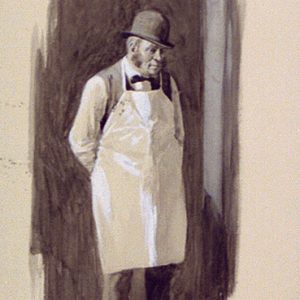 Octave Thanet Story Illustration
Octave Thanet Story Illustration
That Bookstore in Blytheville
 The Bay of Nice
The Bay of Nice
 The Coffee Group
The Coffee Group
 "The Croucher" by Ernest Davidson
"The Croucher" by Ernest Davidson
 The Southwest Trail
The Southwest Trail
 The Struggle in the South
The Struggle in the South
Theater
 There's a Star Spangled Banner Waving Somewhere
There's a Star Spangled Banner Waving Somewhere
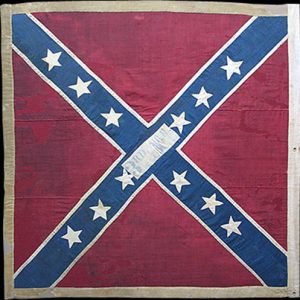 Third Arkansas Battle Flag
Third Arkansas Battle Flag
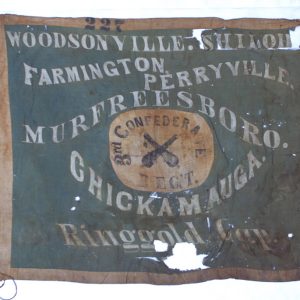 Third Arkansas Infantry Flag
Third Arkansas Infantry Flag
 Thirteen Albatrosses by Donald Harington
Thirteen Albatrosses by Donald Harington
 This Plane Is Heaven Bound by Eddie Lee Kendrick
This Plane Is Heaven Bound by Eddie Lee Kendrick
This Scorched Earth
Thomas R. McGuire House
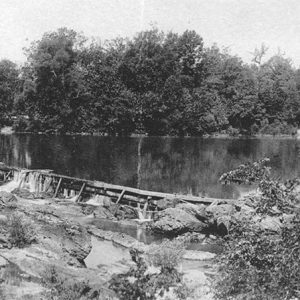 Thornton Dam
Thornton Dam
 Thought
Thought
 Thousand Steps
Thousand Steps
Three for the Road
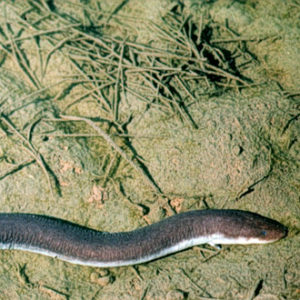 Three-toed Amphiuma
Three-toed Amphiuma
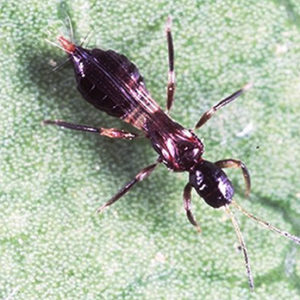 Thrips
Thrips
Thrips
 "Through Countless Halls of Air," Composed by Francis McBeth
"Through Countless Halls of Air," Composed by Francis McBeth
Tickborne Diseases
 Tickborne Diseases Examples
Tickborne Diseases Examples
 Ticket from World Series with Lou Brock
Ticket from World Series with Lou Brock
Ticks
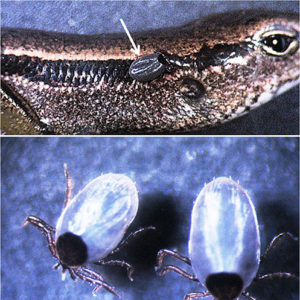 Ticks
Ticks
 Tideswell Graveyard
Tideswell Graveyard
 Tiger
Tiger
Timber Industry
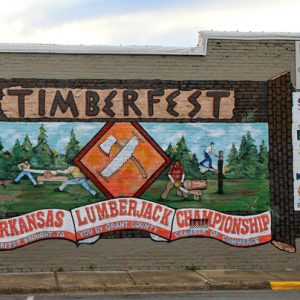 Timberfest Mural
Timberfest Mural
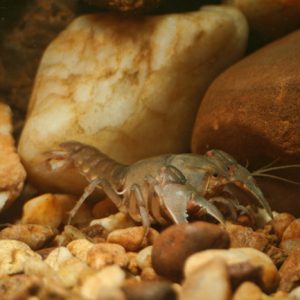 Timberlands Burrowing Crayfish
Timberlands Burrowing Crayfish
Times Dispatch (Walnut Ridge)
 Frank Tinker's Fighter Plane
Frank Tinker's Fighter Plane
Tinkle Pot
 Tinkle Pot
Tinkle Pot
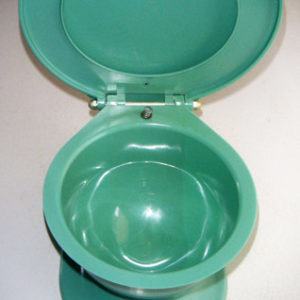 Tinkle Pot
Tinkle Pot
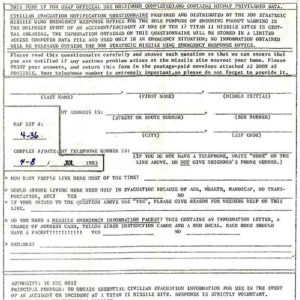 Titan II Evacuation Information Form
Titan II Evacuation Information Form
 Titan II Facility Entrance
Titan II Facility Entrance
Titan II ICBM Launch Complex Sites
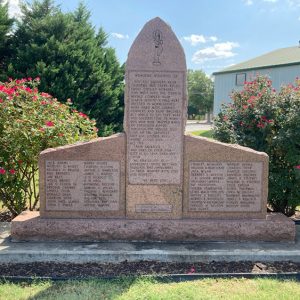 Titan II Memorial
Titan II Memorial
 Titan II Missile Complex
Titan II Missile Complex
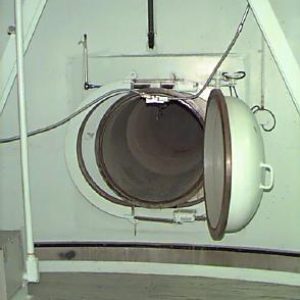 Titan II Missile Escape Hatch
Titan II Missile Escape Hatch
 Titan II Missile Launch
Titan II Missile Launch
 Titan II Missile Warhead
Titan II Missile Warhead
Titan II Missiles
 Titan Silo Construction
Titan Silo Construction
 Titan II Evacuation Letter
Titan II Evacuation Letter




